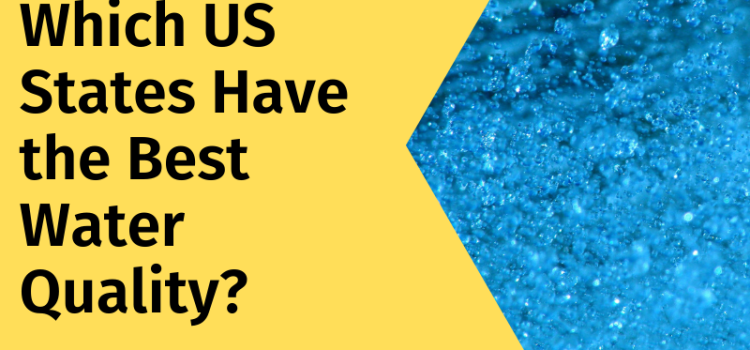By: Essien, Eno E.; Said Abasse, Kassim; Cote, Andre; et al.
ARCHIVES OF ENVIRONMENTAL & OCCUPATIONAL HEALTH
Early Access: NOV 2020
https://pubmed.ncbi.nlm.nih.gov/33138742/
The post Drinking-water nitrate and cancer risk: A systematic review and meta-analysis appeared first on Facts About Water.
Source: Water Feed









Thanks for sharing. I read many of your blog posts, cool, your blog is very good.
Your point of view caught my eye and was very interesting. Thanks. I have a question for you. https://accounts.binance.info/register-person?ref=IXBIAFVY